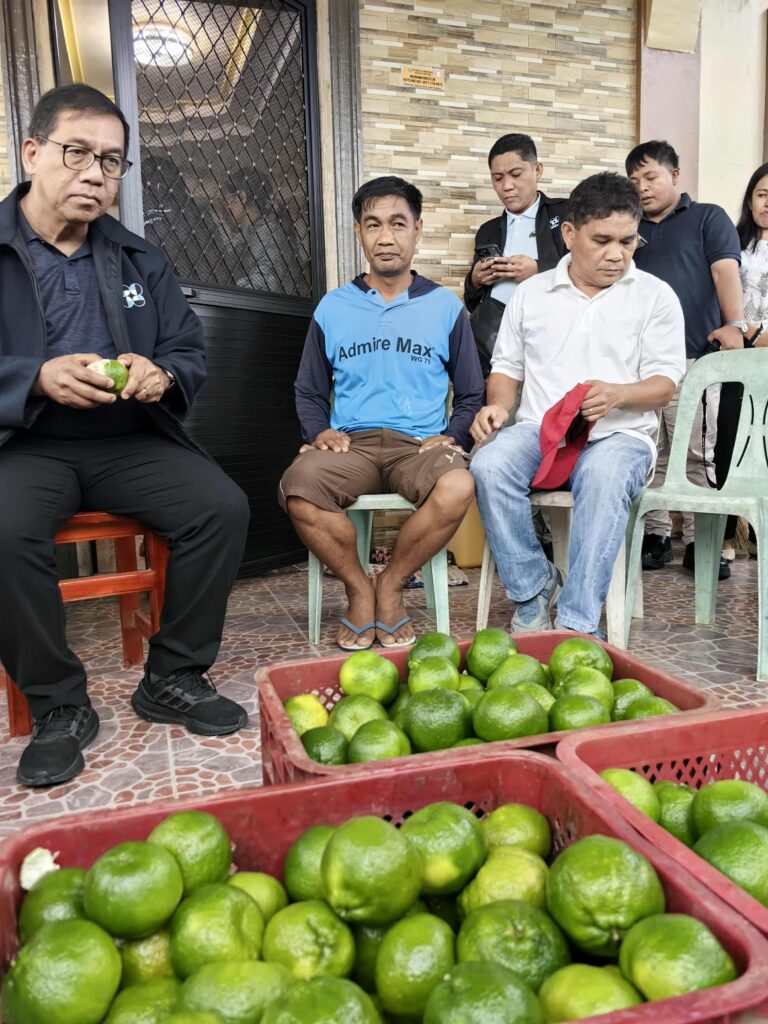Bayombong, Nueva Vizcaya — The Department of Science and Technology (DOST) Region II brought science closer to communities through a series of project visits and technology showcases during the 2025 Regional Science, Technology, and Innovation Week (RSTW) held on October 9–11, 2025, at the Nueva Vizcaya State University (NVSU), Bayombong, Nueva Vizcaya. Graced by DOST Secretary Dr. Renato U. Solidum Jr., Undersecretary for Regional Operations Engr. Sancho A. Mabborang, and DOST Region II Director Dr. Virginia G. Bilgera, the celebration highlighted how research, innovation, and technology continue to uplift lives and empower communities across Cagayan Valley. One of the major highlights was the inauguration of the Adaptive Robotics Technology and Intelligent Computing (ARTIC) Center at NVSU—a pioneering facility designed to advance intelligent systems research and strengthen regional capabilities in artificial intelligence, robotics, and data-driven innovation.
Beyond the launch of high-tech laboratories, this year’s RSTW focused on science in action through field visits that showcased how DOST’s programs and partnerships create tangible impacts on local industries. The first leg of the visit brought the DOST delegation to two flagship citrus initiatives in Nueva Vizcaya—the NICER Citrus Project at the NVSU Citrus Resources Research and Development Center and the Namujhe Integrated Farm in Malabing Valley, Kasibu. Led by Dr. Elbert A. Sana, Project Leader of the NICER Project on Establishing Quality Planting Materials Production System for Citrus, the team at NVSU shared how the initiative ensures the production of high-quality, disease-free planting materials through a robust Quality Planting Materials Production System (QPMPS). Funded by DOST–PCAARRD, the project supports nurseries and partner LGUs in Kasibu and Villaverde, enabling local farmers to access superior citrus seedlings—such as Satsuma, Calamansi, Lemon, and Pummelo—that are indexed for major citrus diseases like Citrus Tristeza Virus (CTV) and Huanglongbing (HLB). Through science-based orchard management and irrigation practices, the project has boosted fruit yield, improved quality, and strengthened Nueva Vizcaya’s identity as the Citrus Capital of the Philippines.
Meanwhile, the visit to the Namujhe Integrated Farm, owned by Mr. and Mrs. Alfonso and Josephine Namujhe, showcased how DOST’s Small Enterprise Technology Upgrading Program (SETUP) introduced a ₱1.2-million Gravity-Type Drip Irrigation System to address recurring irrigation challenges. The innovation significantly improved flower initiation, reduced fruit drop, and stabilized production—sustaining an annual yield of 250 to 300 tons of citrus despite climate stresses. These successes exemplify how the convergence of research and technology directly benefits local farmers, driving growth in one of Region II’s key agricultural sectors.

The RSTW project visits also featured DOST’s continued support for micro, small, and medium enterprises (MSMEs) that are adopting sustainable technologies. At Zen Hotel–Bayombong, owned by Mr. Antonio and Mrs. Zenaida Caleon, DOST-SETUP funded the installation of a 100kW solar power system that dramatically reduced monthly electricity costs from ₱367,000 to just a fraction of the amount, yielding over ₱324,000 in savings and enabling the business to sell excess power back to the grid. During the visit, Secretary Solidum emphasized that solar energy adoption can help MSMEs cut power expenses, enhance efficiency, and promote environmental sustainability. He also encouraged government offices to invest in renewable systems to reduce overall power consumption nationwide.
Another stop led the DOST team to JAYDEX Farm and Hatchery in Maddiangat, Quezon, Nueva Vizcaya, owned by Mr. Fred A. Bisquera, a retired aquaculture expert. Through DOST’s interventions, the farm modernized its facilities and introduced efficient water management technologies, resulting in a 30–50% increase in tilapia yield, improved fingerling quality, and reduced operational costs. Now serving as a learning hub for local fish farmers, JAYDEX Farm demonstrates how S&T interventions enhance freshwater aquaculture, contribute to food security, and promote sustainable livelihoods in the region.
Through the synergy of programs like NICER, SETUP, and the establishment of facilities like the ARTIC Center, DOST Region II continues to bridge research institutions, industry partners, and local communities toward a smarter and more sustainable future. “When science takes root in the hands of our farmers, innovators, and entrepreneurs, it grows into something greater than technology—it becomes progress,” said Secretary Solidum, highlighting DOST’s commitment to ensuring that innovation reaches every Filipino. From the lab to the field, and from farms to enterprises, the 2025 RSTW in Cagayan Valley showcased the transformative power of science, technology, and innovation in building resilient, inclusive, and future-ready communities.(Nelson Santos)